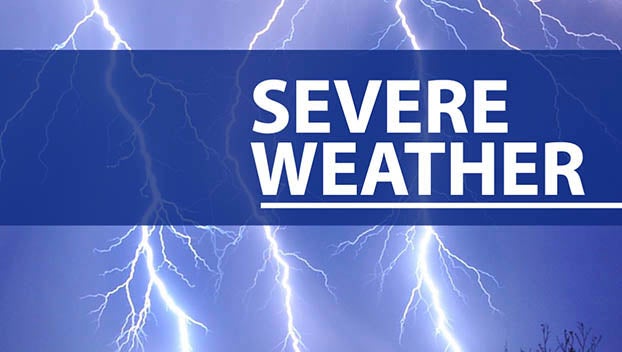Another round of Sunday storms causes power outages, fires
Published 2:35 pm Wednesday, July 5, 2023
|
Getting your Trinity Audio player ready...
|
Central Kentucky’s warm and moist atmosphere has already led to several storms this summer. And this trend will continue. Last Sunday, July 2, Jessamine County had its most recent storm system causing power outages, fallen trees, damaged barns and structure fires.
Johnny Adams, Jessamine County’s Emergency Management Agency Director, told the Journal about specific damage throughout the county caused by last weekend’s storms. Most of thd damage, according to Adams, occurred on the north side of Jessamine County.
Several trees were down, some on railroad tracks and some on power lines that caused power outages. There was also damage done to the Brannon Road traffic signal overrides. There were two fires from electrical issues caused by the storm, one small basement crawlspace fire and another that destroyed a home on Liberty Street in Nicholasville.
“The fortunate thing is most of the properties that had damage were insured properties, so there was no declaration of disaster for Jessamine County at this time. We’ve been working with our state partners and are just preparing for the next thing,” Adams said.
Jessamine Creek and Wilmore saw some flash flooding during the Sunday storm.
Adams said emergency services have been working hard.
“We’ve been taxed, but I’ll give credit to the utility crews; they’re the ones that are out there cleaning and getting everything restored. I can’t thank them and the road crews enough for their efforts and work during these disasters,” he said.
It was a busy day elsewhere in the state
On July 2, the National Weather Service (NWS) bureau in Louisville issued 29 warnings for severe thunderstorms and a few tornados.
Bowing storm segments – an indicator of high wind – produced widespread damage from the southeast parts of Louisville all the way to the Fayette and Clark county line, according to the NWS.
Forecasters attributed the unstable environment to the amount of wind shear in the atmosphere. The system spawned brief tornadoes in Casey and Anderson counties in addition to large hail.






